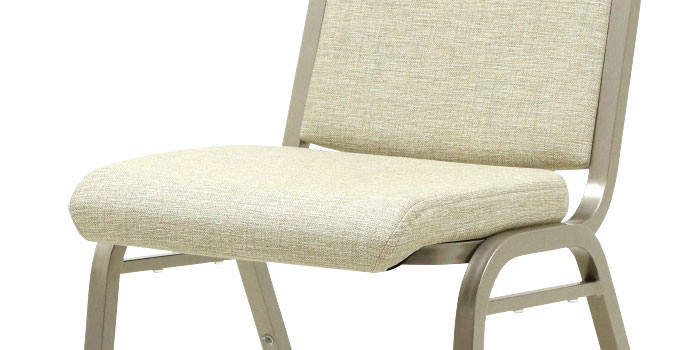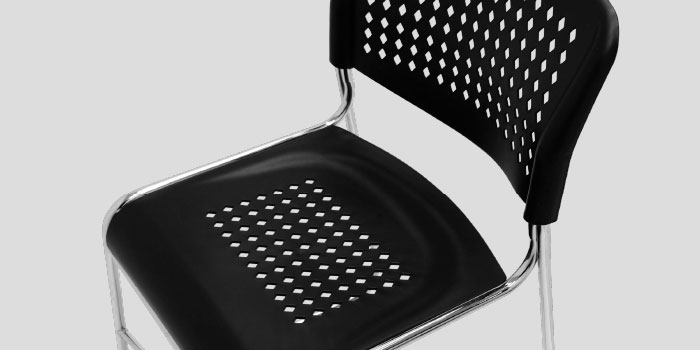
Ao projetar uma sala de espera, seja para um lobby de hotel, consultório médico, escola, restaurante ou qualquer outro espaço comercial ou público, selecionar as cadeiras certas é crucial. As cadeiras que você escolher impactarão significativamente o conforto dos seus visitantes, a estética do seu espaço e até mesmo a marca e a reputação geral do seu negócio. Este guia o guiará pelos principais fatores a serem considerados ao selecionar cadeiras para sala de espera.
Produtos | 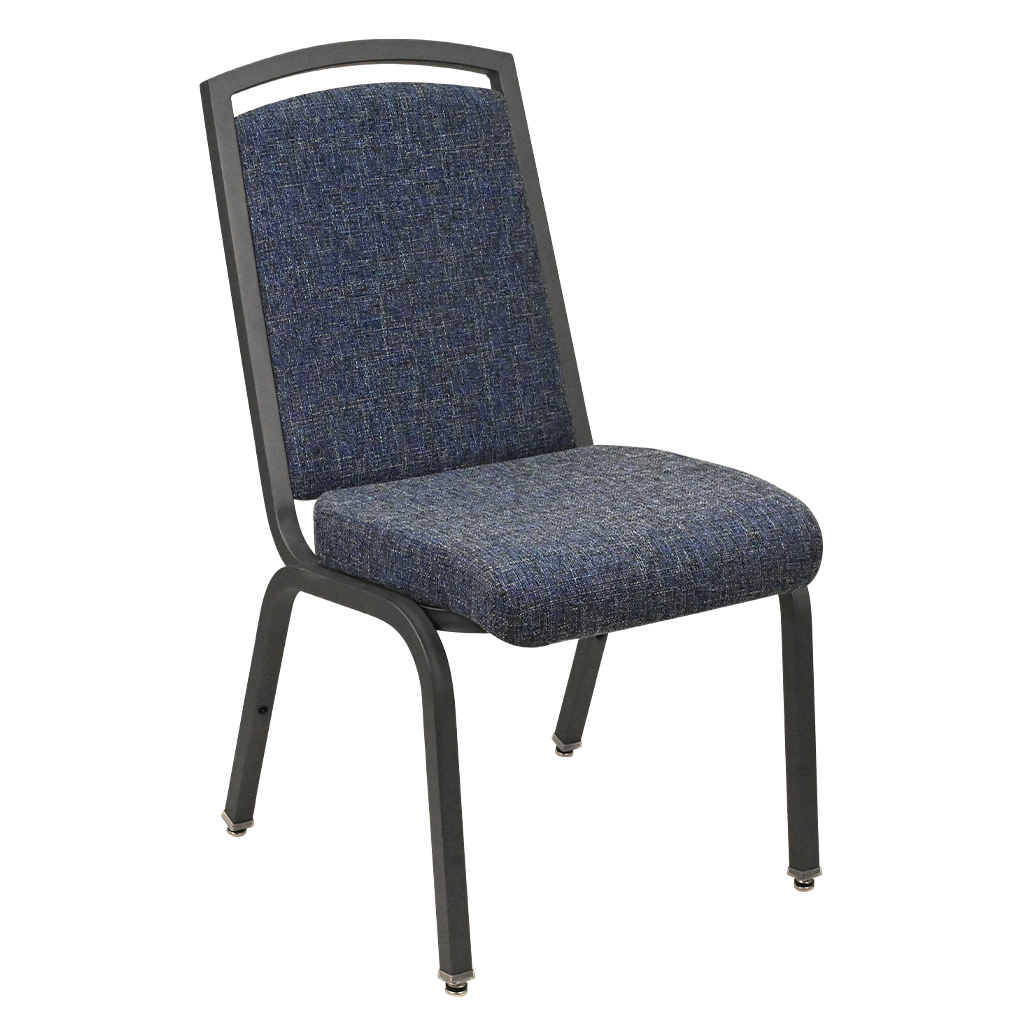 cadeira de banquete encore | 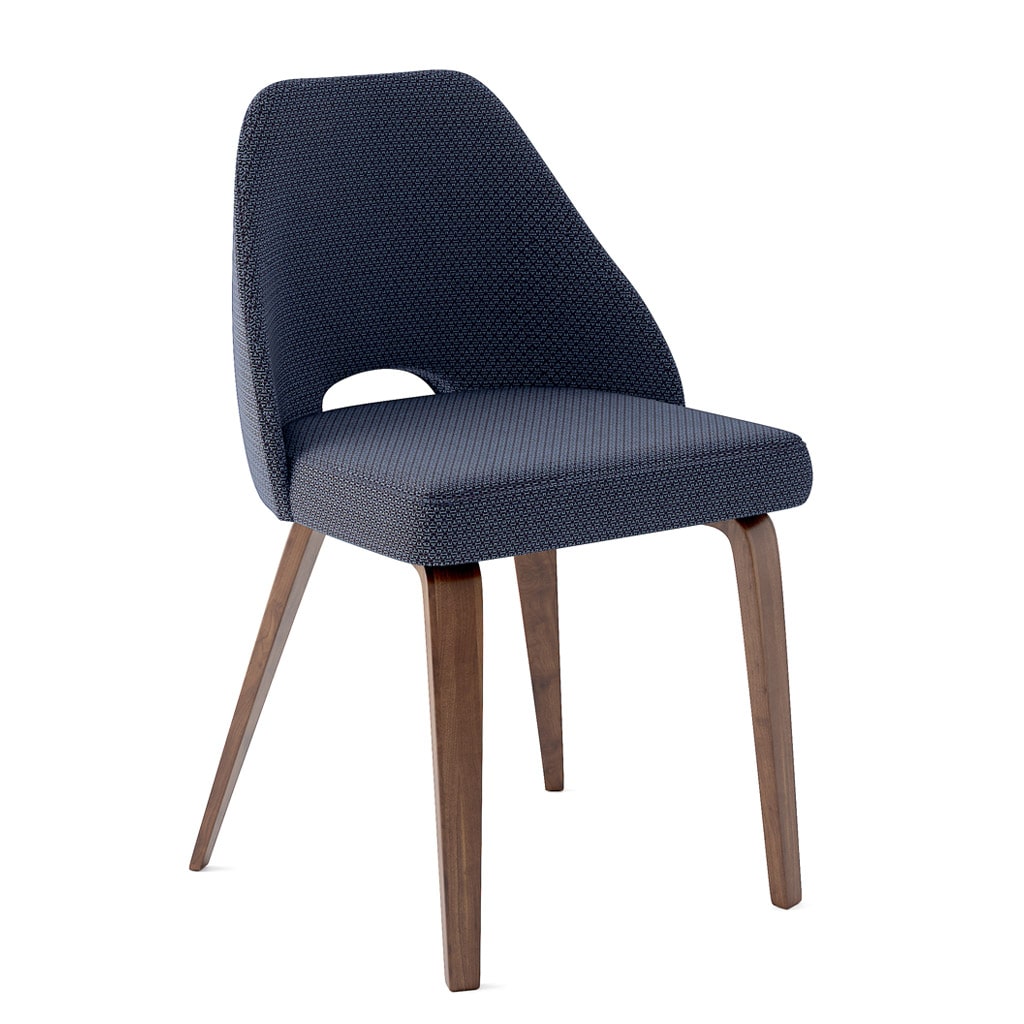 Cadeira Novva | 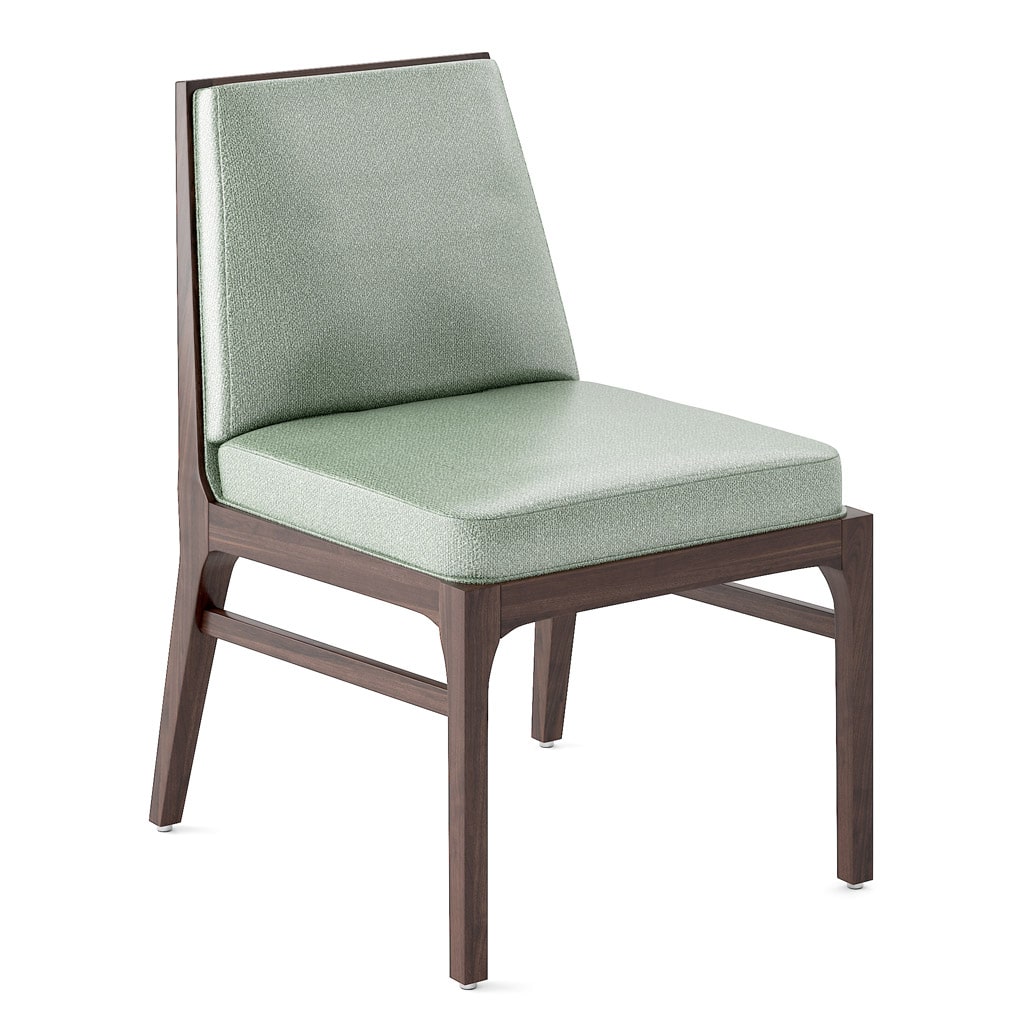 Cadeira Lateral Lucca | 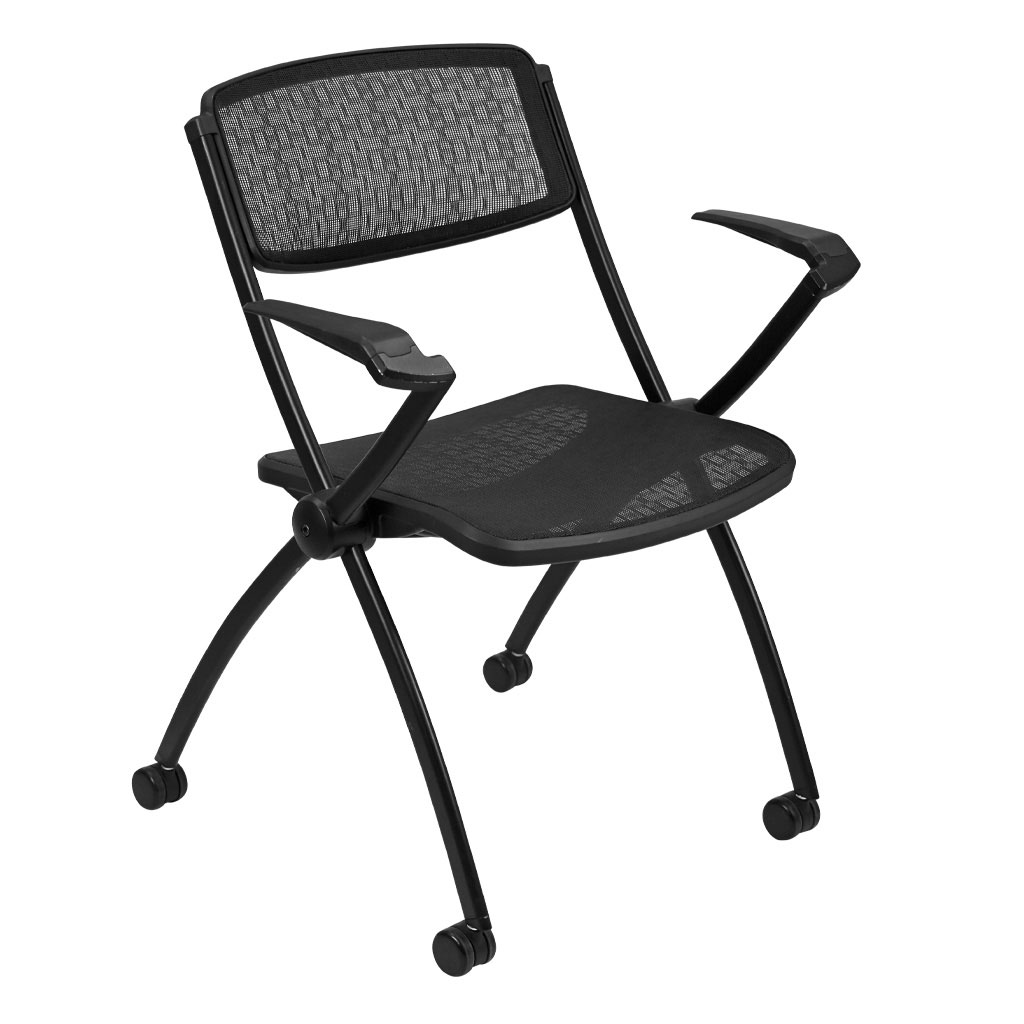 Cadeira empilhável MeshOne |
|---|---|---|---|---|
Ponto de preço |  |  |  |  |
Conforto |  |  |  |  |
Capacidade de Personalizar |  |  |  |  |
Melhores estilos para cadeiras de sala de espera
Muitos estilos de cadeira podem funcionar bem em áreas de espera. Em geral, recomendamos evitar cadeiras duras, pois elas provavelmente farão seus convidados se sentirem desconfortáveis e impacientes enquanto esperam. Escolha cadeiras com amplo apoio para as costas e assentos confortáveis feitos com espuma de alta qualidade ou tecido de malha
Você pode querer adquirir cadeiras empilháveis para sala de espera se elas também forem usadas em outras áreas da propriedade ou se forem armazenadas ocasionalmente.

Conforto é a chave
Em primeiro lugar, o conforto deve ser sua principal prioridade. Lembre-se, as pessoas podem ficar sentadas nessas cadeiras por longos períodos de tempo, especialmente em consultórios médicos e outras áreas de espera.
- Ergonomia: Procure cadeiras com encostos almofadados e bom suporte lombar. Isso ajuda a reduzir a tensão na coluna e promove uma boa postura.
- Profundidade e largura do assento: Certifique-se de que o assento seja profundo o suficiente para suportar as coxas sem pressionar a parte de trás dos joelhos. A largura deve ser ampla o suficiente para acomodar confortavelmente vários tipos de corpo.
- Apoios de braços: Embora nem sempre sejam necessários, os apoios de braço podem fornecer suporte e conforto adicionais, especialmente para pessoas mais velhas ou com problemas de mobilidade.
- Preenchimento: O tipo de espuma usada na cadeira determinará por quanto tempo ela será confortável. Espuma barata quebra rapidamente, enquanto espuma durável e de alta qualidade permanecerá flexível por 15 anos ou mais. O estofamento deve ser firme o suficiente para fornecer suporte, mas macio o suficiente para fornecer conforto.
Durabilidade Importa
Durabilidade é essencial em áreas de alto tráfego. Suas cadeiras precisam suportar uso constante e manter sua aparência ao longo do tempo.
- Material da estrutura: Molduras de metal são tipicamente as mais duráveis, mas madeira de lei de alta qualidade também pode funcionar bem. Evite molduras de plástico para a maioria das aplicações comerciais.
- Estofamento: Escolha tecidos de qualidade comercial projetados para uso pesado. Procure por contagens de fricção altas (30.000 ou mais) e tratamentos resistentes a manchas.
- Construção: Verifique se há juntas reforçadas e métodos de construção de qualidade, como juntas de encaixe e espiga para cadeiras de madeira ou juntas soldadas para estruturas de metal.
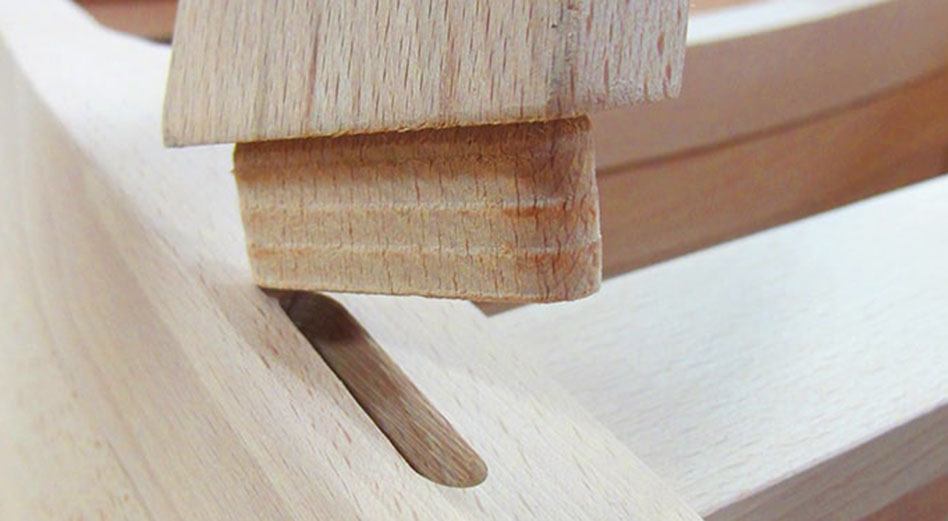
Estilo e Estética
As cadeiras que você escolher desempenharão um papel significativo na definição do tom e da atmosfera da sua área de espera.
- Combine com sua marca: Selecione cadeiras que se alinhem com a estética da sua marca. Um consultório médico moderno e elegante pode optar por designs minimalistas, enquanto uma pousada aconchegante pode escolher algo mais rústico ou caseiro.
- Considerações sobre cores: Embora seja tentador escolher cores neutras para maior durabilidade, não tenha medo de incorporar as cores da sua marca ou usar cadeiras para adicionar toques de cor ao seu espaço.
- Variedade: Considere misturar e combinar diferentes estilos de assentos (por exemplo, cadeiras individuais, sofás de dois lugares ou bancos) para criar interesse visual e acomodar diferentes tamanhos de grupos.
Considerações práticas
Além de conforto, durabilidade e estilo, há vários fatores práticos a serem considerados:
- Eficiência de espaço: Meça seu espaço cuidadosamente e escolha cadeiras que aproveitem ao máximo a área disponível sem sobrecarregar. Considere opções de assentos modulares para flexibilidade.
- Limpeza e Manutenção: Em áreas de alto tráfego ou ambientes de assistência médica, use materiais que sejam fáceis de limpar e higienizar. Estofamentos de vinil ou poliuretano podem ser limpos facilmente.
- Acessibilidade: Certifique-se de ter opções de assentos para pessoas com deficiências ou problemas de mobilidade. Isso pode incluir cadeiras com assentos mais altos, apoios de braços resistentes e espaço para cadeiras de rodas.
- Versatilidade: Para espaços multiuso, considere cadeiras empilháveis ou facilmente móveis para permitir reconfigurações rápidas.
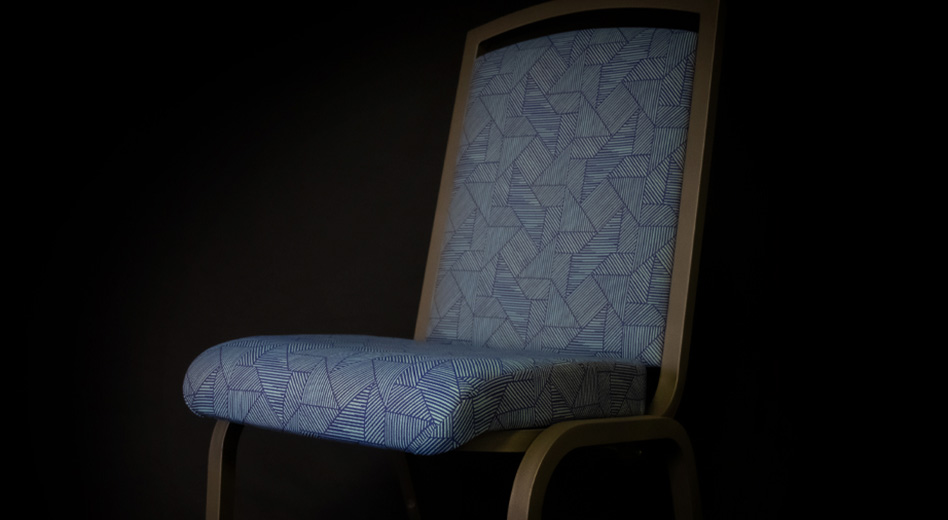
Considerações específicas da indústria
Diferentes tipos de salas de espera podem ter requisitos exclusivos:
- Assistência médica: Priorize o controle de infecções com materiais facilmente higienizáveis. Considere opções bariátricas e cadeiras com maior capacidade de peso.
- Hospitalidade: Concentre-se em criar uma atmosfera luxuosa e acolhedora com assentos confortáveis e acabamentos de alta qualidade.
- Educação: Durabilidade é a chave. Procure cadeiras que possam suportar a energia de jovens estudantes e considere incluir alguns assentos com superfícies de escrita acopladas.
- Restaurantes: Opte por cadeiras que incentivem uma rotatividade relativamente rápida, mas ainda sejam confortáveis. Considere materiais que absorvam o som para gerenciar os níveis de ruído.
- Escritórios Corporativos: Escolha cadeiras com aparência profissional que causem uma boa impressão em clientes e parceiros.
Considerações sobre orçamento
Embora seja tentador cortar custos com móveis para salas de espera, lembre-se de que essas cadeiras são um investimento na experiência dos seus clientes.
- Valor a longo prazo: Cadeiras de melhor qualidade podem ter um custo inicial mais alto, mas podem economizar dinheiro a longo prazo, pois duram mais e mantêm sua aparência.
- Garantia: Procure cadeiras com boas garantias de empresas respeitáveis. Uma garantia forte para móveis comerciais é de 10 anos ou mais, mas certifique-se de que seja uma garantia comercial. Usar móveis de nível residencial em um ambiente comercial anulará a garantia.
- Descontos em grandes quantidades: Muitos fabricantes oferecem descontos para pedidos grandes. Não tenha medo de negociar, especialmente para compras substanciais.

Teste antes de comprar
Ao comprar móveis comerciais, solicite uma cadeira de amostra para que você possa experimentar antes de comprar. Seu representante de vendas MityLite também pode lhe dar uma lista de empresas em sua área que usam cadeiras MityLite.
- Teste de sentar: Reserve um tempo para sentar nas cadeiras de amostra por pelo menos 10 a 15 minutos para avaliar o conforto.
- Comentários do usuário: Se estiver substituindo cadeiras existentes, peça a seus visitantes regulares ou funcionários para darem a opinião sobre o que eles gostam ou não gostam nos assentos atuais. Então, dê a eles uma chance de sentar nas cadeiras de amostra e peça feedback.
Escolher as cadeiras certas para sua sala de espera ajudará a criar um espaço agradável para seus convidados e clientes. As melhores cadeiras para sua propriedade terão o equilíbrio certo de conforto, durabilidade, estilo e praticidade para se adequar ao seu estilo. Ao considerar cuidadosamente cada um desses fatores e como eles se aplicam às suas necessidades específicas, você pode criar um espaço acolhedor e confortável que deixa uma impressão positiva em seus visitantes. Lembre-se, cadeiras de sala de espera são mais do que apenas móveis — elas são uma extensão de sua marca e uma parte essencial da experiência de seus clientes.

Interessado em cadeiras de amostra? Contato seu representante de vendas MityLite hoje mesmo.
Produtos apresentados neste artigo

cadeira de banquete encore
2 estilos de encosto de cadeira

Cadeira empilhável MeshOne
2 cores de moldura, 2 braços de cadeira

